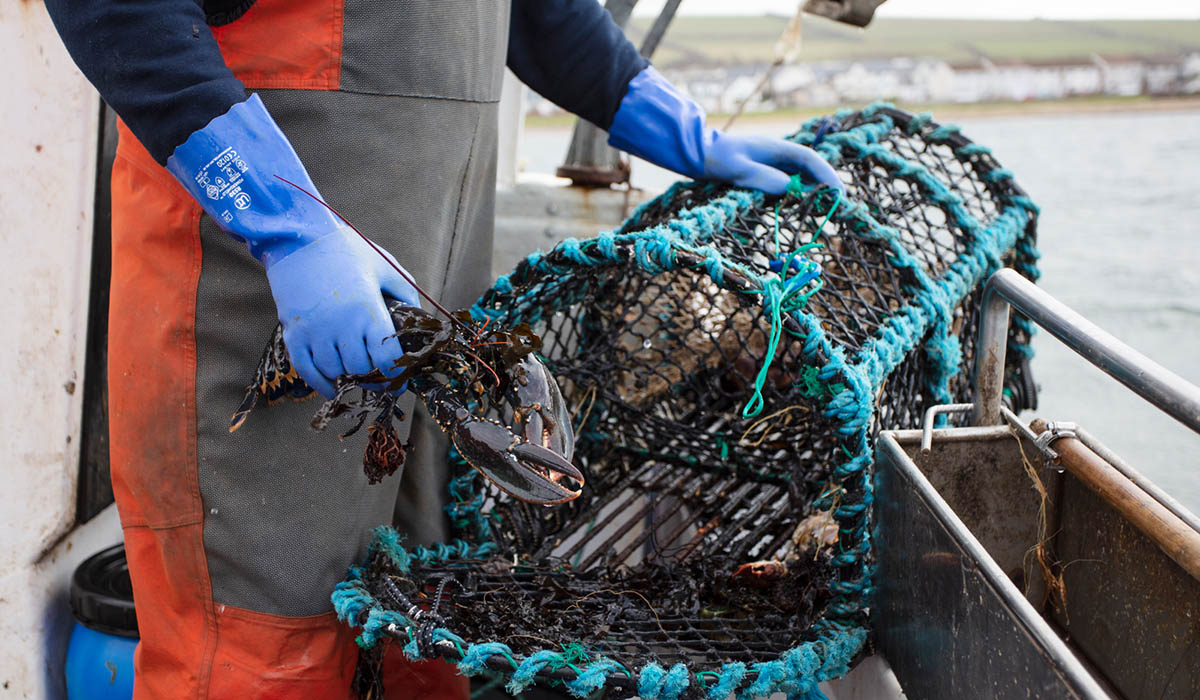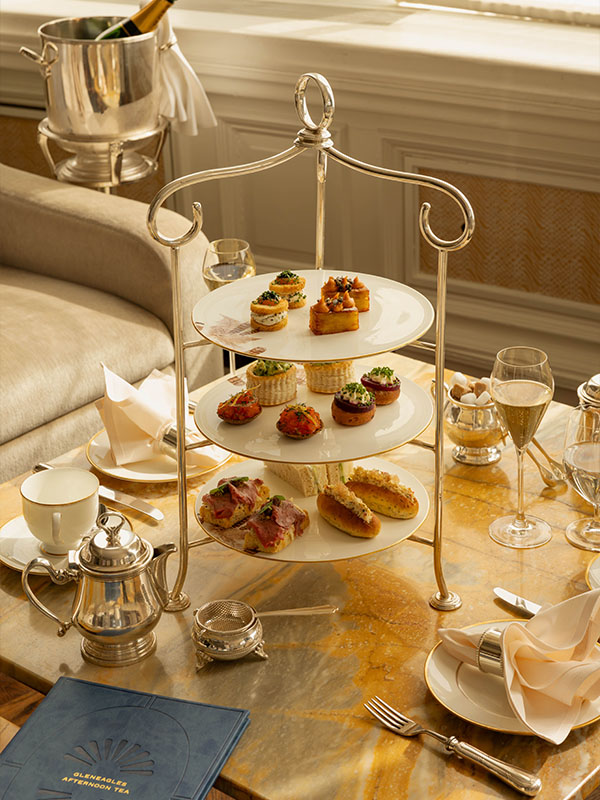On a blustery day in September, we joined our Executive Sous Chef, Ian Syme, and Iain Campbell from our local fishmonger, George Campbell & Sons, for an adventure on the west coast of Scotland, to meet the fishermen who catch the lobsters we serve across our restaurants. As we sailed across the choppy waters, Ian gave us the lowdown on Scottish shellfish, the seaside and the journey from sea to plate!
What does ‘Scotland’s Year of Coasts and Waters’ mean to you from a culinary perspective?
It’s quite simple really; we’ve got the finest seafood in the world here in Scotland. It’s a part of our heritage and it’s no surprise that the best chefs and restaurants in the world, from Asia and the Americas to the Mediterranean, import our fish to use on their menus! A third of all langoustines in the world are actually landed in Scottish waters, so our seafood industry is something that should be championed and celebrated.
Do we eat enough seafood in the UK?
It always surprises me when I hear that someone doesn’t like the taste of seafood, or the misconception that fish is an expensive food. A huge array of delicious, affordable and sustainable seafood comes from UK waters, but almost half of all fish bought in the UK are just a few types – especially tuna and cod – which we actually import from abroad. Changes in society have also no doubt eroded the passing down of knowledge from generation to generation about seafood and how to appreciate it and cook it. It’s really important to eat local produce where we can, to support the local fishing industry and reduce the over-fishing of species like cod.
Did growing up in a fishing village influence your career?
I grew up in the historic fishing village of Crail in the beautiful East Neuk of Fife. Those memories of the smells and textures of the seaside will never leave me and sparked my discovery of food and cooking. Enjoying freshly caught whelks and cockles from the local beach and eating at the local seafood shacks was the mainstay of my childhood, so seafood just became my passion – it’s in my blood.
What’s so special about Scottish lobster?
Lobster speaks for itself; the meat is sweet and firm and you don’t need to over complicate it, or mix it with too many flavours – it is simply delicious as it is. It’s also a really versatile ingredient and good value for money, in that the whole animal can be used, from the claw, which is the most expensive part, through to the shell, which can be boiled down to create flavoursome sauces and stocks.
How do you cook it at Gleneagles?
At Gleneagles we use lobster across the full spectrum of culinary experiences – from our lobster roll in The Century Bar which uses the knuckle meat served with a thermidor sauce, to our beautiful gazpacho in The Strathearn which we make with peppers, cucumber and tomato, served with a poached lobster tail and crème fraiche. We also use it in The Birnam to make the sauce for our garganelli pasta, with a langoustine bisque, king prawns and lemon.
Why is it so important for chefs to go on expeditions like this?
It’s important for chefs to understand the food chain and the journey from sea or field to plate. It enhances our respect for the ingredients we’re cooking. When we’re out at sea watching the lobsters being caught, we can see first-hand the quality of that produce, and understand the huge effort the fishermen have gone to long before we take delivery of them at the hotel or serve it on a plate.




